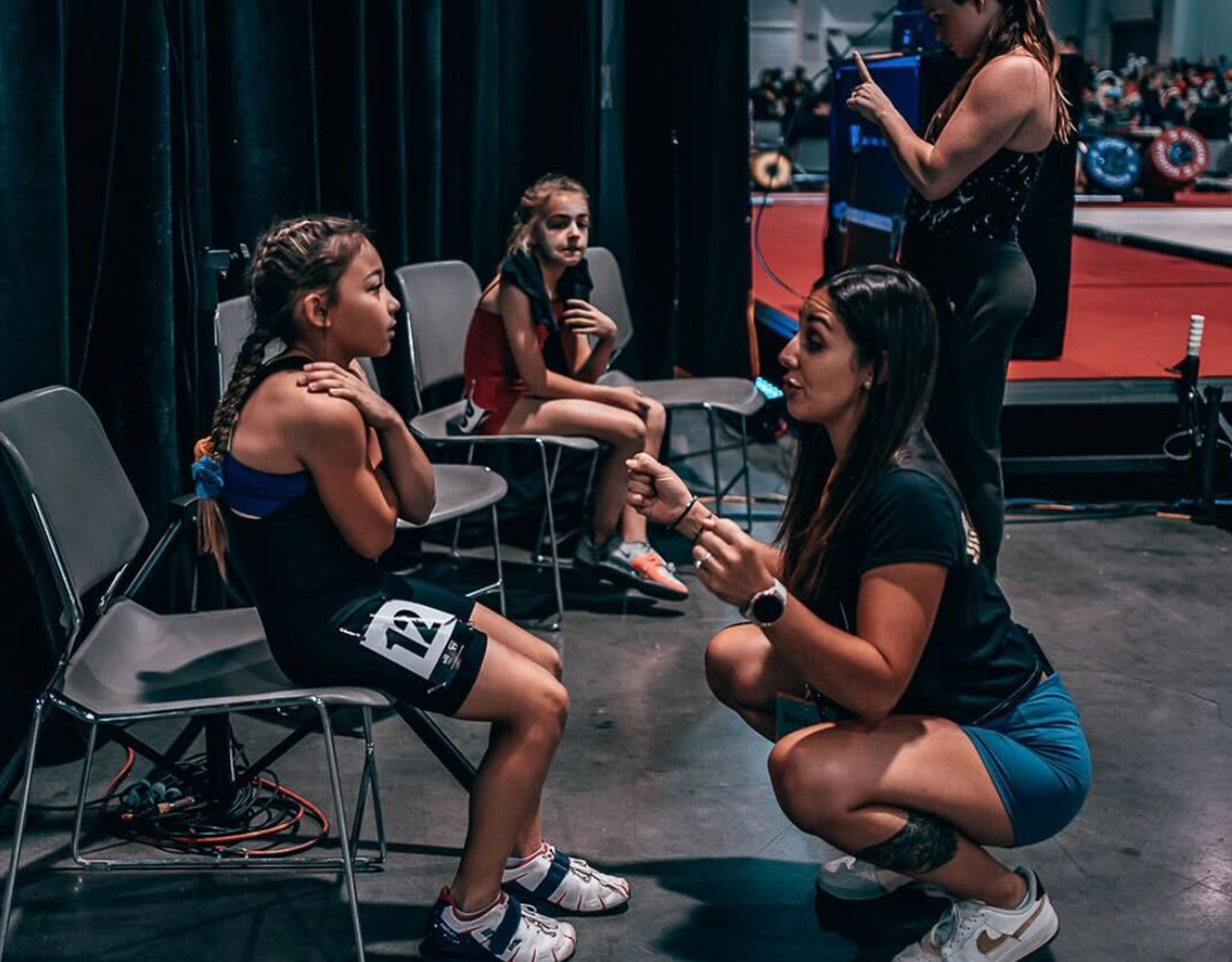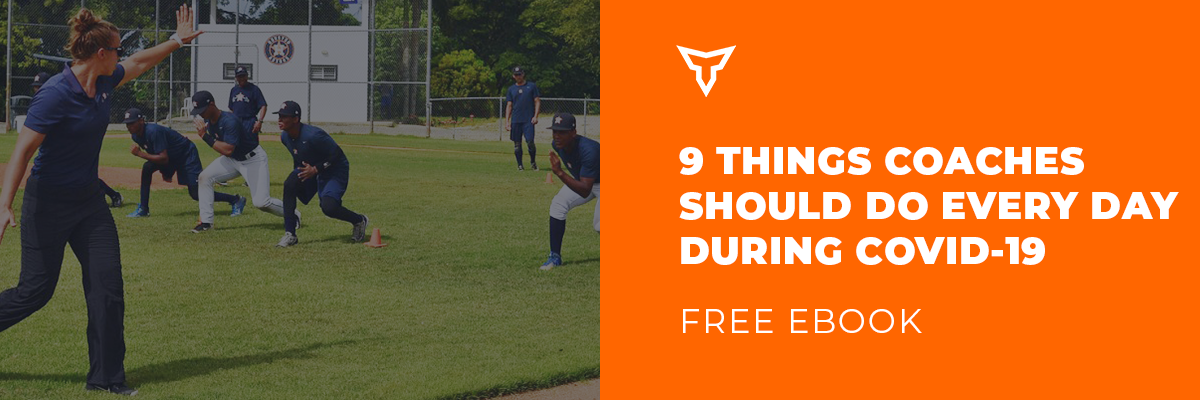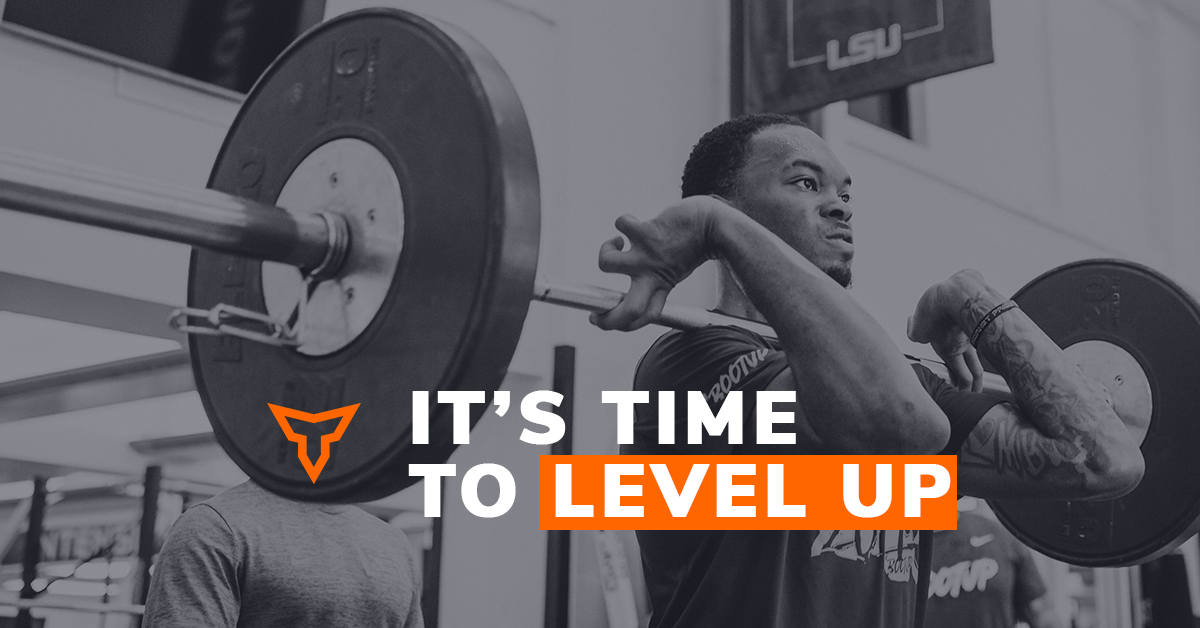Re-Opening Your Facility In The 'New Normal'
In the world of strength and conditioning, the last thing we would have thought would shut down training facilities in large-scale would be a flu-like virus. In the face of the COVID-19 pandemic, a new reality is emerging on how facilities must be run and what new considerations must be made for athletes and coaches.
There are two main areas of consideration when opening or re-opening a facility in the COVID-19 world of strength and conditioning: spacing within the facility, protection and education. As gyms re-open, the facilities that will continue to be successful will be those facilities that can educate themselves on these new considerations and formulate strategies to adapt to the “new normal” for training athletes.
Spacing Within The Facility
Previously, it wasn’t uncommon to see large groups of athletes packed into small college weight rooms or small private training facilities. In many cases, this was a necessity to meet scheduling demands of clients, classes, practices, etc. This will no longer be the case going forward. In order to meet social distancing guidelines set forth by the CDC, facilities will have to ensure that coaches and athletes can safely stay at least six feet from one another1.
To accomplish this group sizes can be reduced taking into account a 36sqft (6ft x 6ft) bubble for each person and ensuring not to surpass the facility’s maximum capacity. To streamline the grouping process, athletes can be separated by the coach or allowed to sign up for a designated time slot. To ensure athletes maintain proper social distancing, equipment should be relocated and/or spaced apart within the facility.
Another strategy is to organize the facility into sections of similar equipment (dumbbell area, barbell area, stretching area, suspension trainer area, etc.) and then stagger the start times of each group by about 15 minutes. Normally, the each group would start at the next 15 minute mark, but in the new normal, each area and any equipment used must be disinfected after each use. This means that each group would start on the half hour. The schedule for staggered starting would look like this:
12:00pm – Group 1 starts in barbell area
12:15pm – Group 1 moves to dumbbell area, staff clean barbell area
12:30pm – Group 1 moves to stretching/cooldown area, Group 2 starts in barbell area, staff cleans dumbbell area
12:45pm – Group 1 exits the facility, Group 2 moves to dumbbell area, staff cleans barbell area and stretching/cooldown area
1:00pm – Group 2 moves to stretching/cooldown area, Group 3 starts in barbell area, staff cleans dumbbell area
Moving training sessions outside or to a larger space (like a basketball gymnasium) would allow coaches to work with larger groups, and more athletes per day. This route would necessitate the use of non-traditional training methods, such as med-ball throwing, sled pushing/pulling, tire flipping, loaded carrying, etc. Upsides to this method are that it will give athletes a break from the monotony of the weight room and will make social distancing easier. The main drawback is that any equipment used will need to be disinfected after each use.
Splitting athletes into groups and ensuring that each station has one piece of equipment for each person in the group would be a time saver in this situation. Obviously, with the necessity of disinfecting, a staggered schedule for training groups will take a great deal of coordination and may require several staff members to work efficiently. All strength and conditioning facilities will need to explore their options for training in order to find the solution(s) that work best for their situation and to maintain as close to a normal operational ability as possible.
Protection and Education
Personal protective equipment (PPE) is a new reality for coaches and athletes in the COVID-19 world. To protect both athletes and coaches, staff should wear masks in the event that they are unknowingly infected with COVID-19. Gloves are also recommended to reduce transmission to or from the coach. When spotting athletes, a two person side spot system should be used to avoid contact between the lifter and the spotter.
For athletes, preventing the spread of COVID-19 is the best form of protection. This means creating a strict and all-encompassing cleaning and disinfecting routine carried out by the facility staff. To help with prevention, a properly spaced pathway through the facility should be established, allowing for only one entrance and one exit, with hand sanitizing stations set up near the doors stocked with antibacterial gel or foam Additionally, installing disinfecting wipe dispensers throughout the facility for athletes to use is also a good practice for minimizing the spread of COVID-19. Athletes should also be allowed to wear a cloth mask; as long as it doesn’t interfere with training (wearing a mask during conditioning drills is not advisable).
Lastly, athletes and staff should be educated on updated policies and procedures for cleaning, disinfecting, and hygiene related to COVID-19. When you re-open your gym, staff need to know what equipment is to be cleaned and when, which disinfectants are to be used, and, most importantly, how long the disinfectant should sit on the equipment to ensure maximal effectiveness. Strict rules on wearing PPE should be enforced with staff as well. Athletes should be taught how to reduce their likelihood of becoming infected by wearing a mask when appropriate, disinfecting their hands upon entering and leaving the facility, covering their mouths when coughing, showering after training, and not re-wearing or prolonging the wearing of training clothing.
While COVID-19 will impact the world of strength and conditioning for years to come, it also presents an opportunity for coaches and facility managers to rethink how they run training sessions and to improve cleaning procedures. While these administrative tasks are not exciting, taking these steps for improvement will benefit both athletes and facilities far into the future.
Keeping a facility open in the world of COVID-19 will largely depend on how well facilities adhere to safety guidelines and how creatively they are able to adapt to the new reality of training athletes.
References
- Visiting Parks and Recreational Facilities. (2020, April 10). Retrieved May 20, 2020, from https://www.cdc.gov/coronavirus/2019-ncov/daily-life-coping/visitors.html
Subscribe to our blog
Subscribe to receive the latest blog posts to your inbox every week.
Related posts
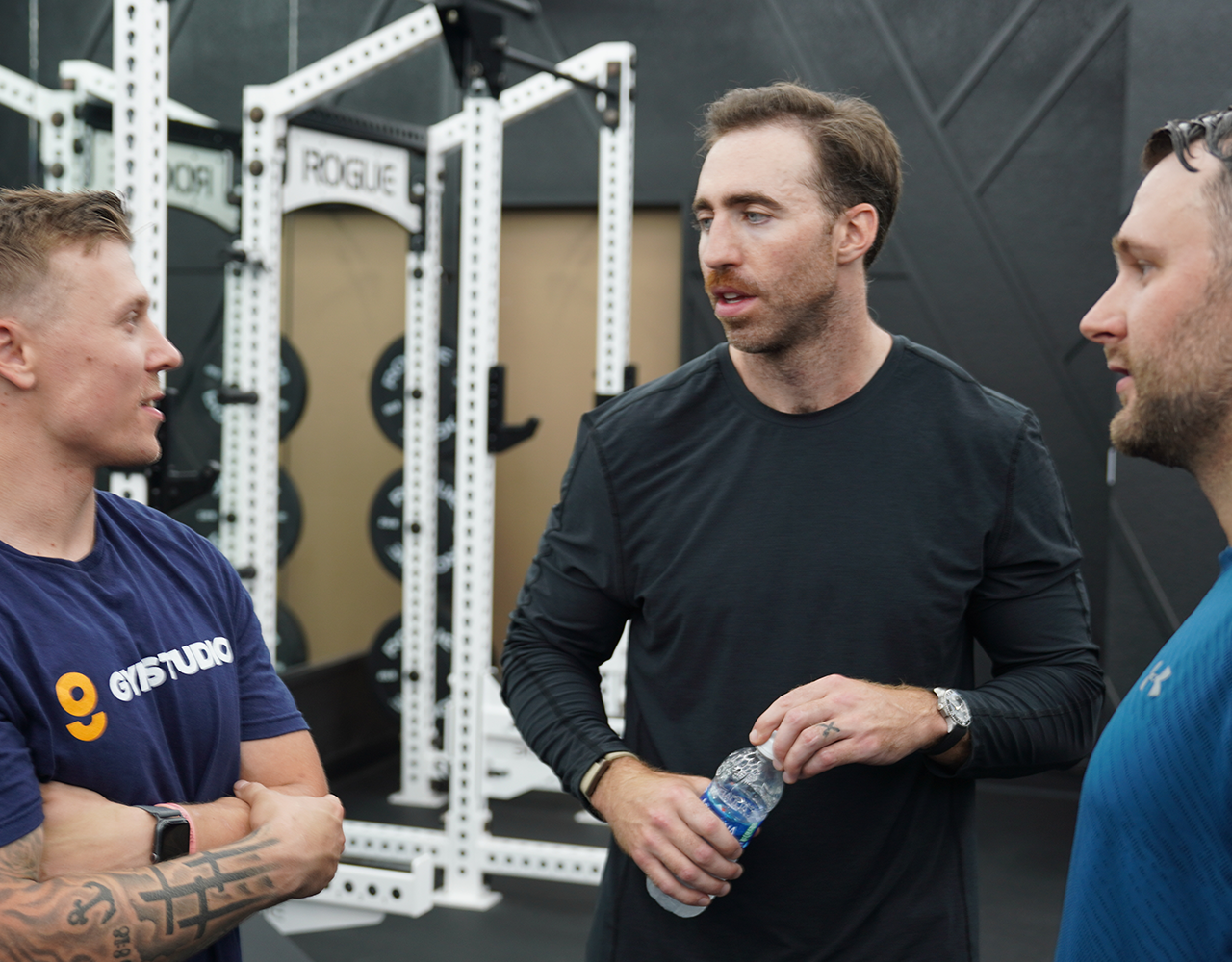
Guide to Creating SOPs for Your Gym
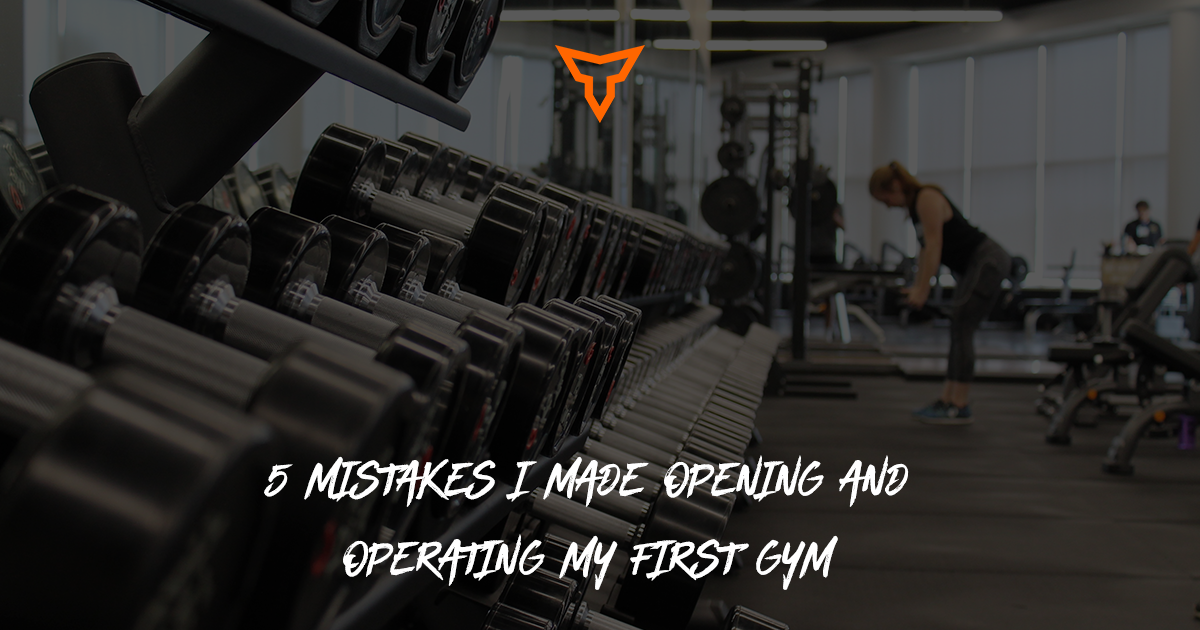
5 Mistakes I Made Opening and Operating My First Gym
